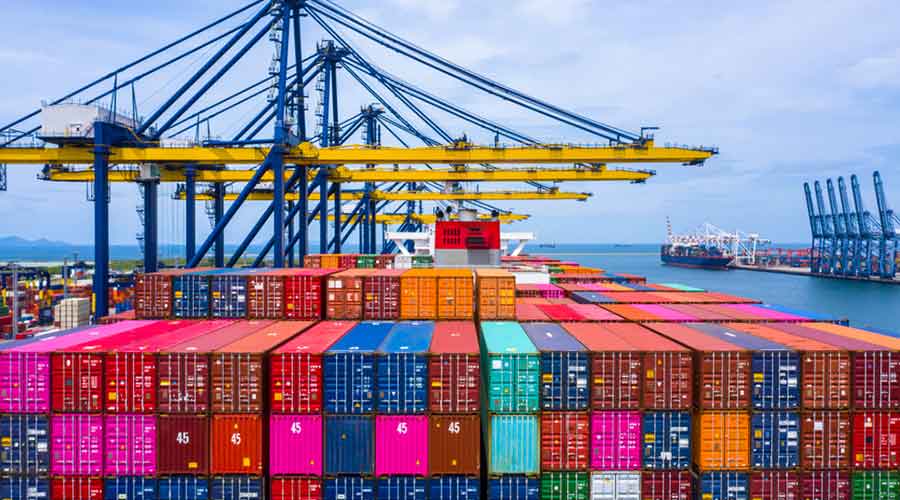



Article by: Hari Yellina
The removal of major restrictions will lead to a rise in supply and a decrease in cost for shipping containers. More containers will likely go online as a result of China releasing its COVID-19-inspired shutdown, according to Christian Roeloffs, cofounder and CEO of Container xChange. Initially, Mr. Roeloffs stated that Container xChange anticipated price increases due to fierce competition among those who needed deliveries right away, but in the medium term, he claimed there was a downward tendency. The effects of the Chinese lockdowns, he claimed, should not be understated. “We anticipate a spike in container traffic to enter the Transpacific region because Beijing and its largest port, Tianjin, are currently still under lockdown in addition to Shanghai,” according to Mr. Roeloffs.
He claimed that “all cities are so interconnected that it effects all of China.” The Australian agricultural industry has been significantly impacted by the shortage of container supply. Smaller consignments of grain that would often be shipped in boxed containers, such as those of 5000 tonnes or less, are now being sent via secondary holds in bulk ships. While predicting a resumption of container prices, Rabobank cautions that they won’t reach pre-pandemic levels. The major agribusiness bank predicted that Australia’s agricultural sector will have to deal with increased ocean container prices for at least another year until prices stabilised in its research on global ocean freight.
Viet Nguyen, a global supply chain analyst at RaboResearch, stated that although global container freight prices are expected to gradually decline over the next 12 months from the “irrational” highs reached late last year, they are not anticipated to go back to pre-pandemic lows as the global container shipping industry is now being impacted by broader structural factors, such as a weaker global economy, higher operational costs, geopolitical uncertainty, and unbalanced trade flows. As a result of disruptions and uncertainty, shipping efficiency has also suffered. According to Rabo, reliability of ocean container freight schedules has decreased from about 80% before the epidemic to about 30%.
Prices will certainly return to their pre-COVID levels of between $1040 and $1200 per container, according to Mr. Nguyen, but they were unlikely to again reach those levels. However, he claimed there was proof that expenses would never entirely come down. Higher energy prices and sustainability rules come with hazards, according to Mr. Nguyen. Both Container xChange and Rabobank anticipate continued congestion at major ports in the near future. The authors of Rabo’s report stated that while various procedures have been put in place to increase productivity, structural factors such as a lack of coordination between ocean and land transport, labour shortages with ambiguous union negotiations, disrupted trade flow, and a general lack of automation continue to expose vulnerability at ports. Long-term agreements with logistical services and strategic alliances, according to Mr. Nguyen, will help Australian agriculture. In order to guarantee service dependability and reduce disruptions to their supply chains, he stated, “this can be crucial.”